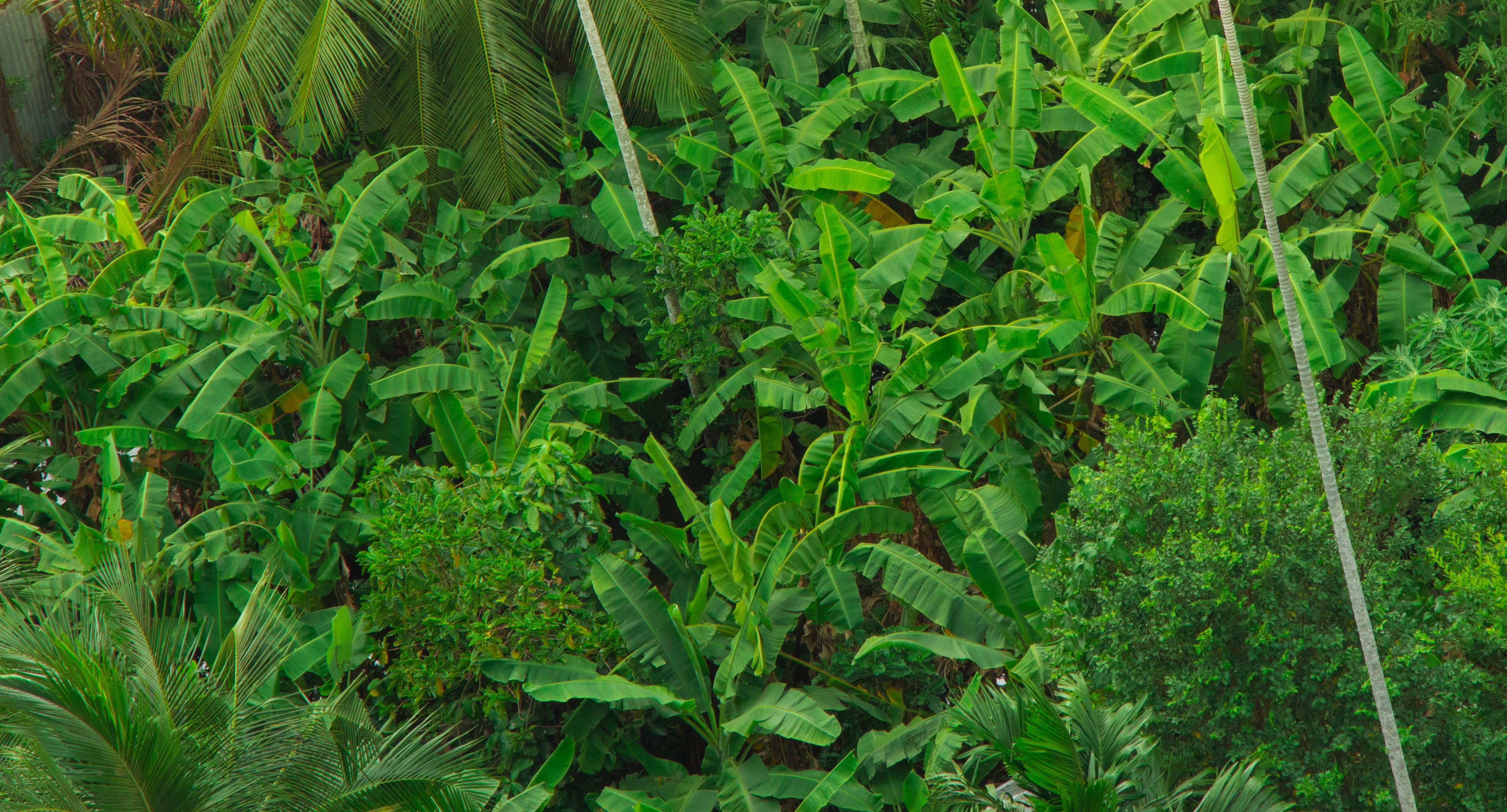Pollution Resistance

Plant Family-Specific Impacts of Petroleum Pollution on Biodiversity and Leaf Chlorophyll Content in the Amazon Rainforest of Ecuador. New paper by Paul Arellano and Markus Telkamp
Paúl Arellano, faculty member of the School of Geological Sciences and Engineering and Chair for the Center of Earth Observation (CEO) at Yachay Tech, and Markus Telkamp, faculty member of the School of Biological Sciences and Engineering of the same university, present a new paper with the results of petroleum contamination, its consequences on Ecuadorian Amazon biodiversity and how certain plant families are resistant to this contamination. The paper was published in PLOS ONE and done in collaboration with Prof. Kevin Tansey and Prof. Heiko Balzter, from Leicester University, UK.
The study was done on more than 1100 leaf samples collected from tropical trees in petroleum polluted and unpolluted sites. A sub-sample of 739 plants was analyzed to determine biophysical and biochemical parameters. The study focused on the quantity of photosynthetic pigments, especially chlorophyll content to determine how “healthy” the plant was. In order to do this, transitory labs where installed for leaf analysis, which included a field spectroradiometer to measure the reflectance of light inside the sample. The researchers also applied a radiative transfer model, meaning that they measured light coming through the leaves, and with this inverted data and the addition of another model, they measured the quantity of chlorophyll and other biochemical parameters.
Some of the most interesting results that the research team found was that biodiversity in polluted areas is significantly minor compared to virgin forests. In addition, the team identified that four of the 15 plant families that are most representative of the ecoregion had significantly lower leaf chlorophyll content in polluted areas than in unpolluted areas. Still, two of these families (Melastomataceae y Rubiaceae) are more predominant in petroleum-polluted sites, which suggests that they are more resistant to this type of contamination.
The study proves that petroleum contamination, both recent and old, has consequences on photosynthetic activity and that it results in a reduction of chlorophyll production in plants in the Ecuadorian amazon and in a decrease in plant diversity and richness. Furthermore, it holds important data of particularly competitive plant families in polluted areas. Paúl Arellano states that the reason these particular families are more resistant is still unknown, but that it could lead to different studies.
The next step in this project is to apply light measurement models (radiative transfer) to the amazon region using SENTINEL 2 and SENTINEL 3 satellites, from the European Space Agency.